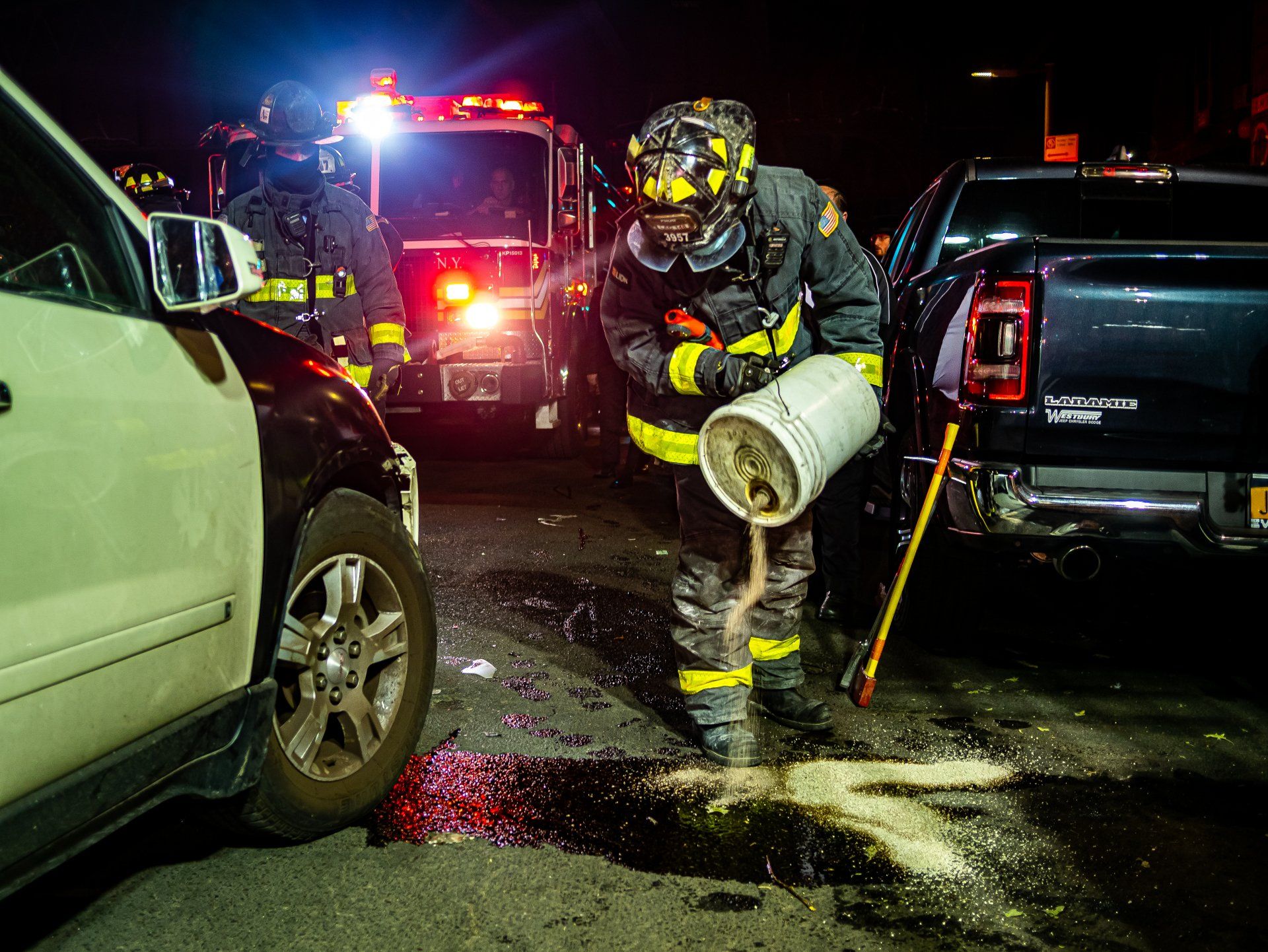Ontario Government Poised to Make Deep Cuts To Auto Insurance Benefits – Again
TORONTO, June 12, 2012 /CNW/ – The Ontario government is about to implement another round of cuts to auto insurance benefits, this time slashing coverage for devastating injuries.
“If the government goes ahead with this, it will hurt a lot of very vulnerable people,” says Nick Gurevich, President of the Alliance of Community Medical and Rehabilitation Providers.
Severely Injured May No Longer Be Protected
Accident victims with severe brain injuries or paralysis, for example, may find they no longer qualify for catastrophic coverage. Those unable to work again, who face years of therapy and life in a wheelchair, may be denied the benefits they need.
Currently, accident victims who are deemed to have suffered a catastrophic (CAT) injury are eligible for basic medical and rehabilitation benefits of up to $1 million. But if the province accepts the recommendations of an expert panel, the CAT threshold will be raised significantly.
This will result in far fewer accident victims qualifying for CAT benefits. Those denied under the proposed new rules will instead be eligible for a maximum of only $50,000 in basic benefits.
“We estimate that the number of cases deemed catastrophic will be reduced by half if these changes are implemented,” says Andrew Murray, President of the Ontario Trial Lawyers Association (OTLA).
Media Availability
Groups concerned about the rights of accident victims have come together to oppose the changes. Along with accident survivors and rehabilitation professionals, they will be available to the media today:
When: Tuesday, June 12, 9:45 a.m.
Where: Media Studio, Legislative Building, Queen’s Park, Toronto
Victims Speak Out
Jaisa Sulit considers herself lucky that she was in a motorcycle accident before any changes to CAT. She was left with a spinal cord injury which qualified for the higher benefits. This funding made two years of intensive therapy possible, and she is now able to walk again.
“But under the proposed new CAT definition, I would not qualify. I would receive only $50,000 in funding, and that would be exhausted in the first several months. I wouldn’t be on the road to having my life back,” Sulit notes.
Dino Le Donne is also thankful that he didn’t have to rely on just $50,000 to see him through. Surviving a horrific crash that left him with broken bones, a collapsed lung and a serious brain injury, he has undergone years of treatment. Today, he is back to work and a productive member of society.
“No way I could have made this recovery if I was excluded from CAT benefits, which would be the case under these new proposals,” he explains. “How can there be any justification for taking away the benefits that help people in desperate need rebuild their lives?”
Brian Patterson, General Manager of the Ontario Safety League (OSL), notes that under the proposed new rules “accident victims who no longer qualify for CAT benefits could find themselves paying hundreds of thousands of dollars in medical, rehabilitation and support costs out of their own pockets.”
Ad Campaign
Ads warning of the impact of the proposed cuts began appearing in newspapers today. Ontarians can go to www.ontariorehaballiance.com/mpp/ to send an email to their MPP expressing their concern.
The “Expert Panel”
The proposed changes are contained in a report by the Catastrophic Impairment Expert Panel, which was appointed by FSCO. It should be noted that half of the panel members have been consultants for the insurance industry association.
About the Alliance of Community Medical and Rehabilitation Providers
The Alliance represents 84 companies and about 3,500 health care providers including nurses, physiotherapists, occupational therapists, speech language pathologists, chiropractors, psychologists, rehabilitation therapists, social workers, personal support workers and case managers. It is these individuals who are the primary providers of healthcare and rehabilitative services to Ontarians who are injured in automobile accidents. Visit www.ontariorehaballiance.com for further information.
About the Ontario Trial Lawyers Association
The Ontario Trial Lawyers Association (OTLA) was formed in 1991, by lawyers acting for victims. Our purpose is to promote access to justice for all Ontarians, preserve and improve the civil justice system, and advocate for the rights of those who have suffered injury and losses as the result of wrongdoing by others. Visit www.otla.com for further information.
About the Ontario Safety League
The Ontario Safety League was formed in 1913 by a group of business and community leaders in response to the increasing threats to public safety brought about by the automobile. The mission was to reduce preventable deaths, injuries and destruction on Ontario’s roads through public education and safety awareness.
For further information:
To arrange interviews or further information, contact:
Niki Kerimova
PR POST
416-777-0368
niki@prpost.ca
John Karapita, Director of Public Affairs
OTLA
cell 289-242-8577
jkarapita@otla.com




